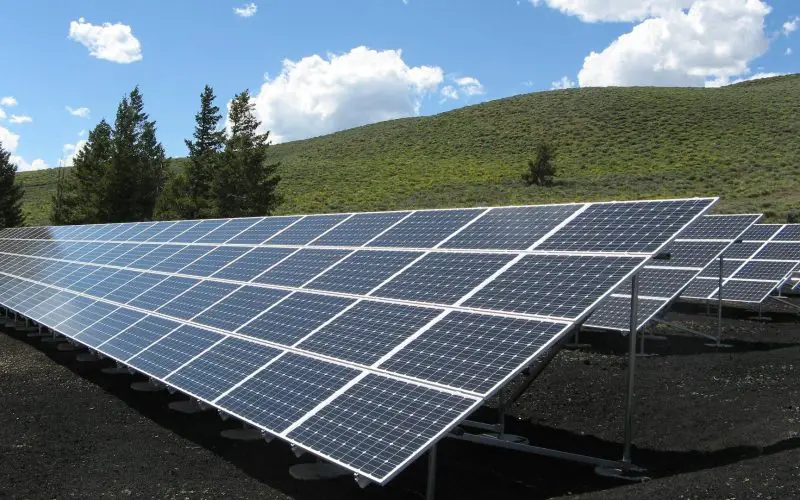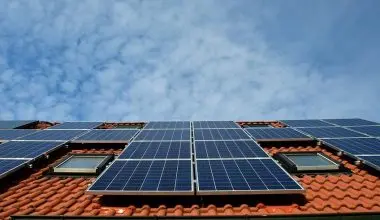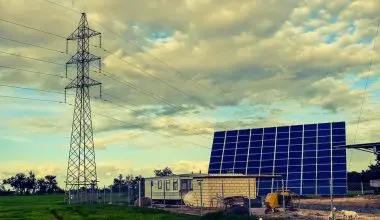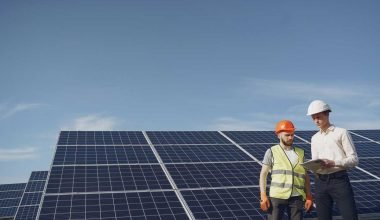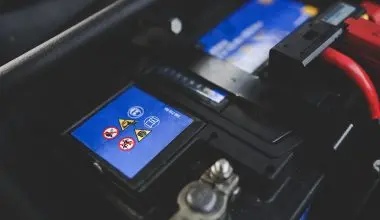Table of Contents Show
In one year, the amount of energy we use is equal to the amount of energy the sun provides our planet within an hour!
The amount of energy sent to us by the sun in a year is 225,000,000 TWh. Just for comparison, let me tell you that the worldwide demand of energy was 109,609 TWh in the year of 2014.
So we received 2000 times more energy than required in 2014.
This energy is not readily available for use; it needs to be converted to electrical energy so we can use it. The efficiency of this conversion decides how much electrical energy we got to use.
The most efficient solar panels seen on the market have an efficiency of up to 22%, but most solar panels actually deliver 15% efficiency only.
Factors That Affect the Energy Output from Your Solar Panels
Although every solar panel is different, but there are a few factors affecting the electrical output that apply to all solar panels.
Such Factors Include:
Size of the Solar System: Most of the Solar Systems bought for household use have an electrical output of 1kW to 5kW. For understanding purposes, with standard efficiency panels the number of panels varies with the electrical output as follows:
| Size of Solar System/Amount of Electricity | Avg. Number of Solar Panels |
| 3.5 kW | 15 |
| 5 kW | 25 |
| 10 kW | 40 |
Location: Your geographical location determines how much sunlight you get throughout the year which tells us how much energy your system makes. For example, a solar panel in California will yield more energy rather than Seattle, as California has more sunny days.
Direction: The correct orientation of solar panels on the roof is absolutely necessary.
In the northern hemisphere, solar panels should face south and eventually south-west or south-east, to achieve the best electrical output. In the southern hemisphere, it is the opposite as solar panels should face north and eventually north-west or north-east.
Angle of the Roof (Roof Pitch): Installing solar panels on the roof is the most economical way, and for it to produce maximum output you’d want ideal roof angle and that depends upon the pitch. However, you can also get panels with adjustable option so they are adjusted according to season. So to determine the optimum angle, the right way is to tilt the solar panel by 15 degrees more vertically from the starting position in winter and by 15 degrees horizontally in summers.
Shade: Ensure that there is no shade on solar panels. 60 cells are contained in one solar panel, if just 4 of them were to be in shade, the efficiency of the solar panels would go down by 10%. This also causes the rest of the cells to work harder, which means they have a higher chance of malfunctioning.
Maintenance: Cleaning of solar panels is very necessary; dust is as much of a culprit as shade is. This is because the dust blocks the sunlight from reaching cells inside the panel. To achieve the optimum efficiency, you have to make sure that your solar panels are cleaned every day. Otherwise, a 25% drop in efficiency is expected on a dusty solar panel.
Temperature: Solar panel’s work is harnessing light energy (not heat energy) from the sun. Panels are tested by manufacturers in ideal temperatures of 25 degrees Celsius or 77 degrees Fahrenheit. But even a 1 degree Celsius rise in temperatures causes efficiency to go down by 0.4 percent.
Colder temperatures are preferred because electricity conducts well in cool climates, but the disadvantage is that these climates don’t get a lot of sunny days.
When you think about these factors, it makes sense!
How does a Solar Panel generate electricity?
It consists of smaller units called solar cells. The most common solar cells are made from silicon. Silicon is a semiconductor that is the second-most abundant element on planet Earth.
In a solar cell, crystalline silicon is sandwiched between conducting layers. Each silicon atom is connected to its neighbors by four strong bonds. This keeps the electrons in place so no current can flow. A silicon cell uses two different layers of silicon.
An N-type silicon has extra electrons, and P-type has extra spaces for electrons, called holes.
Where these two types of silicon meet, electrons can move across the P/N junction. This leaves a positive charge on one side and negative on the other.
Now think of light as the flow of tiny particles called photons, shooting out from the sun.
When one of these photons strike the silicon cell with enough energy; it can knock an electron from its bond. This leaves a hole or space for another electron to come in. The negatively charged electron and the location of positively charged hole are now free to move around. But because of the electric field at P/N junction, they’ll only go one way.
The electron is drawn towards N-side, while the hole towards P-side.
The mobile electrons are collected by thin metal fingers at the top of the cell.
From there, they flow through an external circuit, doing electrical work, like powering a fan or bulb, before returning through the conductive aluminium sheet on the back.
Each silicon cell only puts out half a volt. However, you can string them together in modules to get more power. Electron is the only moving part in a solar cell, and they all go back to where they came from.
Since there are no mechanical parts moving around; there’s nothing to get worn out or used up, so solar cells can last for decades.
How much Electricity is produced by 1 Solar Panel?
This is entirely dependent on the size and efficiency of the panel.
Anyways, a modern solar panel produces around 250 to 270 watts of electrical output in ideal conditions of daylight and temperature. A solar panel has 60 cells, with each cell generating 5 watts of energy with 15-18% efficiency.
However, there are highly efficient panels that produce a great output of 325 watts! But they are quite expensive.
How to Calculate the Required number of Solar panels?
Whenever you get a solar panel, the Maximum power rating is written behind the panel. Also, as you may know that the current used in our homes is alternating current and solar panels produce direct current which needs to be converted for household use.
This is done by an inverter and solar inverters have around 80% efficiency which we need to account for when calculating how much power we’re going to get.
Let’s say you need a 5kW output of alternating current for your home. So you need to account for the efficiency of the inverter. 80% efficiency or 20% loss would mean that you would need to account for 1.25 kW of power loss at the inverter.
This means you will need 6.25 kW of direct current from your panels which would mean 25 panels of 250 watts each or 20 panels with a power rating of 325 watts.
What kind of panels you choose will depend on how much space you have and whether you’re willing to spend a few extra bucks.
